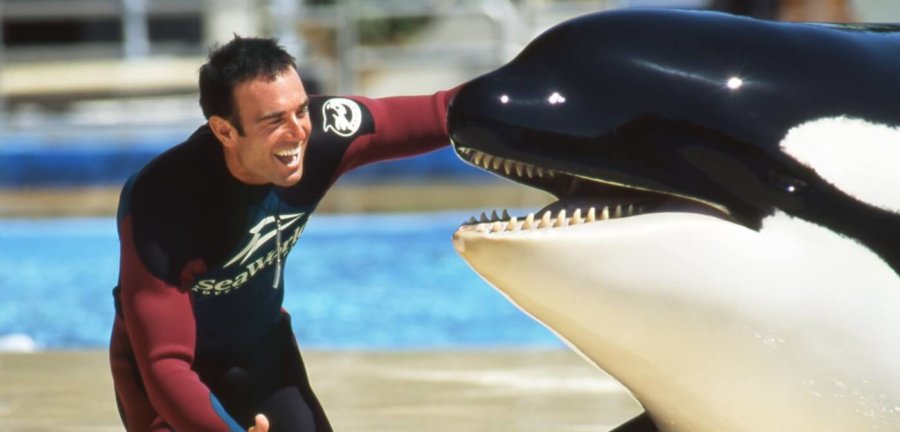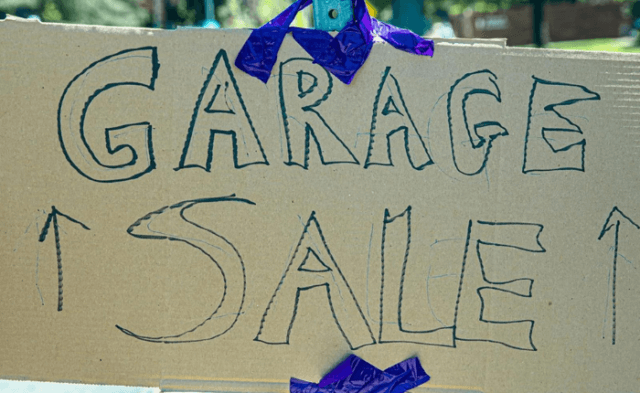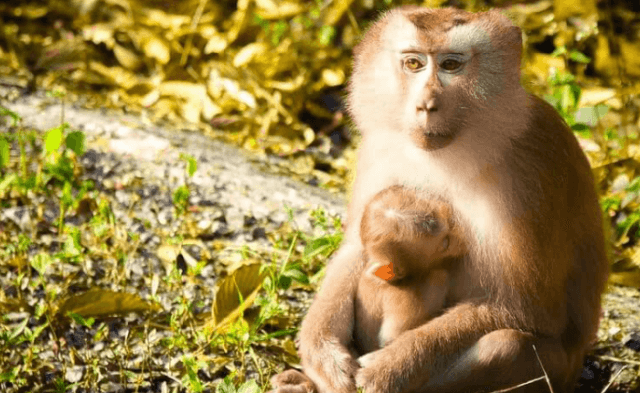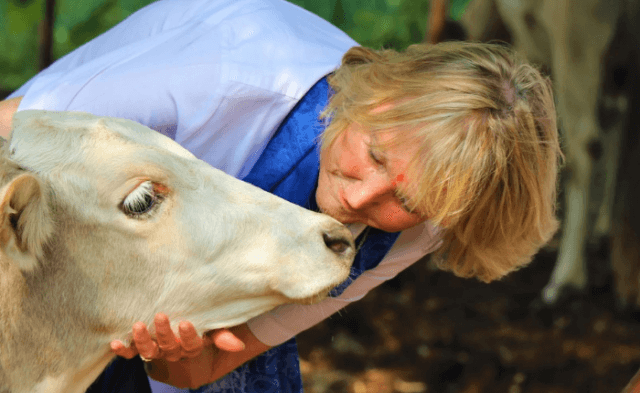Please enjoy this article from the latest issue of our magazine, PETA Global. To begin your subscription, become a PETA member today!
Written by Former Senior Orca Trainer John Hargrove
We’d performed this trick more than a thousand times: As I balanced on Takara’s rostrum with one foot, she exploded out of the water, launching me like a missile.
This time, my foot shifted. Takara tried to stop, but my foot slipped off as we broke the surface, and her rostrum slammed into my side. Circling around me as she echolocated on me to see how badly I was hurt, the “alpha orca” at SeaWorld San Antonio became a gentle first responder, guiding me to safety and then lifting me so that I could step out of the pool. That’s the bond we shared.
Getting to know Takara and the other 19 orcas I trained during my 14 years at marine parks was my dream job, but it was my love for them that ultimately led to my resignation.
Nearly two dozen orcas, including Takara, are currently languishing in SeaWorld’s tanks. After the legislation for which I provided expert testimony was signed into law in California—and under pressure from PETA and others—SeaWorld finally stopped breeding orcas, yet male bottlenose dolphins are still masturbated and females artificially inseminated to produce more offspring. SeaWorld brags about conservation, but since 2010, it has spent only about 3 percent of its profits on it.
SeaWorld and its former CEO Jim Atchison were fined a total of more than $5 million to settle U.S. Securities and Exchange Commission charges that they misled investors about the negative impact that the documentary Blackfish was having on the company’s bottom line. Meanwhile, the company faces a shareholders’ class-action lawsuit and other shareholder and consumer lawsuits.
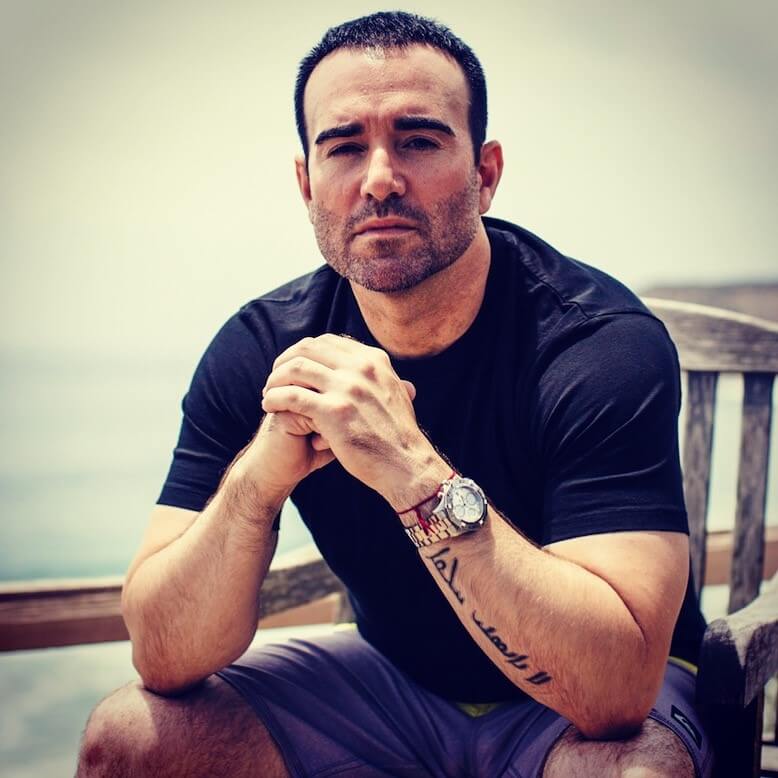
While SeaWorld sold the absurd lie that orcas do better in concrete tanks than in their natural habitat (two words that employees are not permitted to use), I watched them suffer.
To cope with the grinding frustration, they regurgitated their food and ate paint off the tank walls. The toxic brew of chemicals in the tanks burned trainers’ eyes so badly that we needed emergency medical treatment and wore eyepatches as we risked permanent blindness. Imagine living in it. SeaWorld also forces orcas to live in unnatural social groups that they would never form in the sea, and the incompatibility and stress of being separated from their families lead to fights, severe injuries, and even death.
Forty orcas have died at SeaWorld, most in their teens, and not one has come close to the maximum life expectancy of the species in nature. More than 300 other whales and dolphins—and some 450 sea lions, seals, and walruses—have also died in its concrete pits.
That’s why my reaction to SeaWorld’s new roller coasters and other bells and whistles is mixed. Clearly, the company knows that it must move away from captive-animal displays.
But until SeaWorld decides to stop banking on captivity, the body count will grow, and we must warn people not to go.
John Hargrove now campaigns against keeping orcas in captivity. He’s the New York Times bestselling author of Beneath the Surface.

